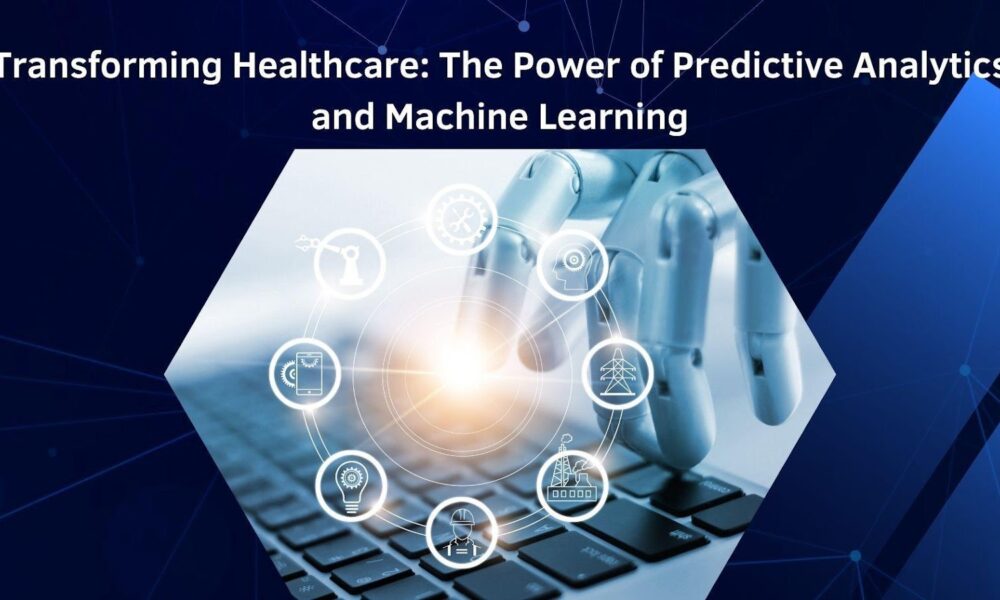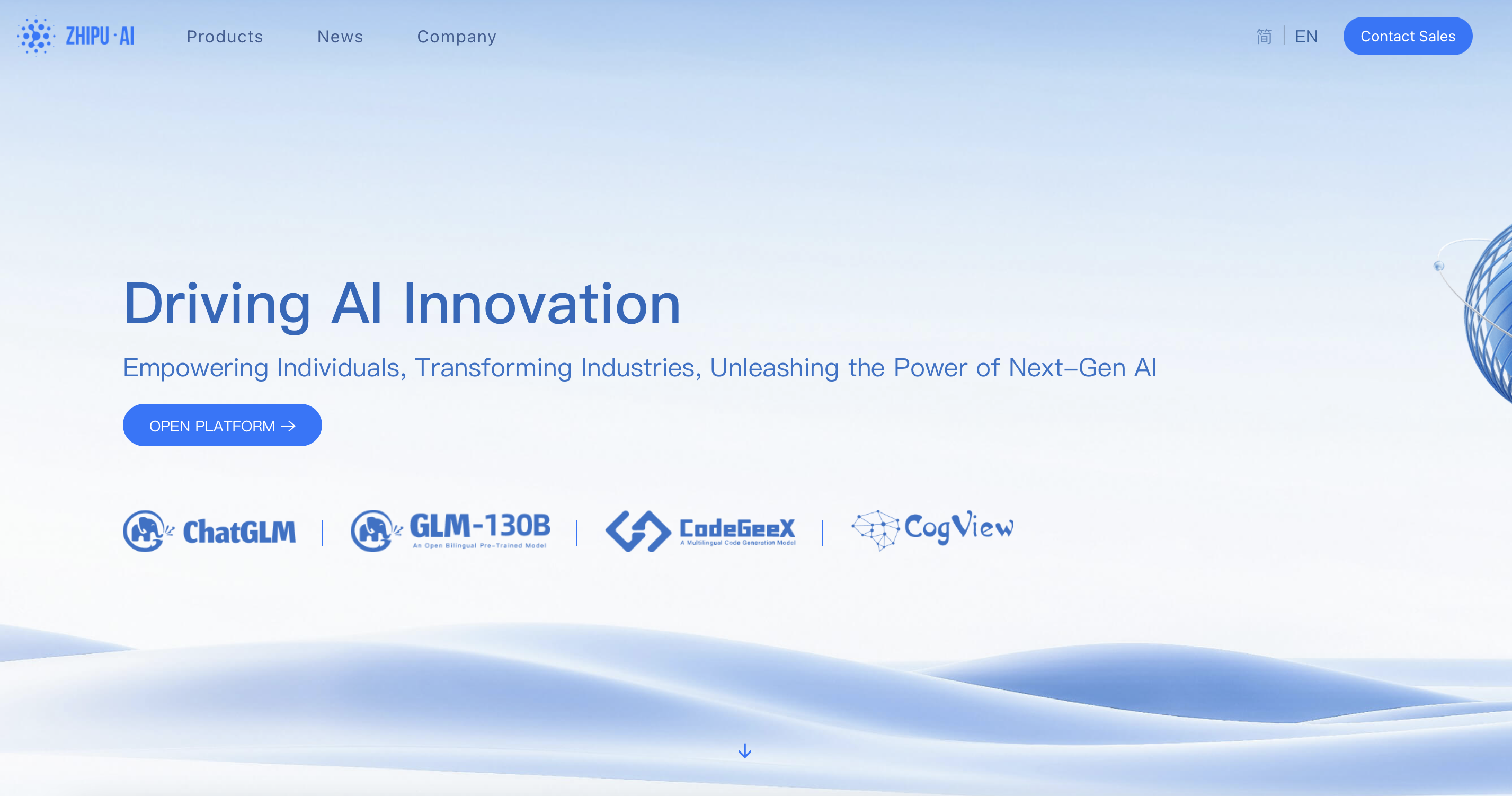Harnessing Data for Proactive Healthcare
Leveraging predictive analytics with historical health data has transformed patient care by enabling early disease detection and risk assessment. Healthcare organizations using predictive models have significantly reduced readmission rates and preventable complications. Machine learning algorithms process vast datasets to identify patterns, empowering medical professionals to anticipate health risks and take timely preventive measures.
By analyzing trends in patient history, these models enhance decision-making, improve treatment outcomes, and optimize resource allocation. The proactive approach minimizes emergency interventions, enhances patient well-being, and reduces healthcare costs, marking a shift from reactive to preventive care in modern medical practice
Overcoming Data Challenges for Better Insights
Predictive analytics holds great promise, but its widespread adoption is hindered by challenges in data integration and standardization. Healthcare institutions generate vast amounts of patient data, yet only a small portion is effectively leveraged for predictive modeling. The lack of structured data frameworks and interoperability limits data accuracy and accessibility, reducing its potential impact.
To address this, advancements in semantic interoperability have enhanced cross-system data sharing, enabling seamless integration of diverse data sources. These improvements pave the way for more efficient predictive analytics, allowing healthcare providers to derive actionable insights, improve patient outcomes, and optimize decision-making. A robust data ecosystem is essential for unlocking the full potential of predictive healthcare analytics.
Enhancing Clinical Decision-Making with Machine Learning
Predictive models are becoming indispensable in clinical decision support systems, offering healthcare providers actionable insights with high accuracy. Machine learning-driven decision support frameworks have demonstrated notable improvements in diagnostic accuracy and treatment planning. By leveraging deep learning techniques, these models achieve superior performance compared to traditional statistical methods, ensuring timely and effective medical interventions.
Building Secure and Compliant Healthcare Systems
With the growing adoption of predictive analytics in healthcare, ensuring data privacy and security is paramount. Healthcare organizations must adhere to stringent regulatory standards while safeguarding sensitive patient information. Robust security frameworks help mitigate cybersecurity risks, fostering trust in AI-driven healthcare solutions. Key measures such as encrypted data storage, multi-factor authentication, and stringent access controls enhance data protection.
Compliance with regulations like HIPAA and GDPR ensures secure handling of medical records, preventing unauthorized access and breaches. Additionally, continuous monitoring and AI-driven threat detection further strengthen security postures. By integrating these strategies, healthcare providers can balance innovation with compliance, ensuring both patient safety and data integrity in an increasingly digital landscape.
The Future of Personalized Medicine
The rise of predictive analytics is revolutionizing personalized medicine, enabling treatments tailored to individual patients through real-time data analysis. AI-driven insights are significantly improving early disease detection and risk assessment, particularly in managing chronic conditions. By leveraging vast datasets, these technologies refine patient care strategies, optimizing treatment plans with greater precision.
As advancements continue, AI will enhance medical decision-making, boosting efficiency and effectiveness in healthcare. Personalized medicine, powered by predictive analytics, promises to transform patient outcomes, reducing complications and improving overall well-being through proactive, data-driven interventions tailored to each individual’s unique health profile.
Bridging the Gap Between Innovation and Implementation
While predictive analytics holds immense promise, its successful adoption requires strategic implementation and continuous refinement. Healthcare facilities integrating AI-driven predictive systems must prioritize workflow integration, staff training, and ongoing model validation to maximize benefits. Real-world applications have demonstrated substantial improvements in clinical efficiency and patient care outcomes, reinforcing the importance of a structured approach to implementation.
In conclusion, as the healthcare industry continues to evolve, predictive analytics and machine learning will play an increasingly vital role in shaping patient care strategies. Rajendra Prasad Urukadle’s research underscores the transformative potential of these technologies in enabling proactive healthcare management. By addressing challenges related to data standardization, security, and clinical integration, healthcare institutions can fully harness the power of predictive analytics to improve patient outcomes and operational efficiency.










